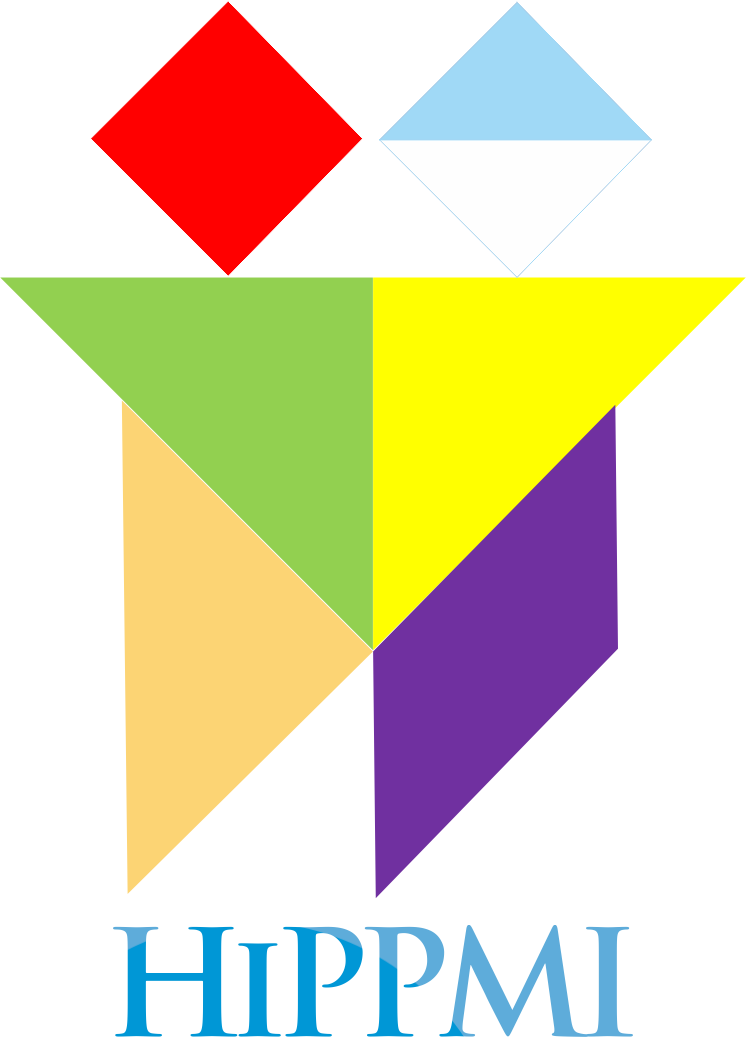ANALISIS PERSEPSI MAHASISWA DALAM PEMANFAATAN LITERASI DIGITAL UNTUK PEMBELAJARAN MATEMATIKA BERDASARKAN GENDER
Abstract
Keywords
Full Text:
PDFReferences
A.L.E. (2018). Internet of Thinks in Education.
Al Faruqi, U. (2019). Survey Paper : Future Service in Industry 5.0. Jurnal Sistem Cerdas, 02(01), 67–79.
Asfar, A. M. I. T., Asmawaty, & Nursyam, A. (2019). Mathematical Concept Understanding: the Impact of Integrated Learning Model. Al-Jabar: Jurnal Pendidikan Matematika, 10(2), 211–222.
Brian Wright. (2012). Top 10 Benefit of Literacy Digital. Webpercent. https://webpercent.wordpress.com/2012/06/16/top-10-benefits-of-digital-literacy/.
Covello, S. (2010). A review of digital literacy assessment instruments. Syracuse University, 1–31. http://www.apescience.com/id/wp-content/uploads/DigitalLiteracyAssessmentInstruments_Final.pdf.
Ellitan, L. (2020). Competing in the Era of Industrial Revolution 4.0 and Society 5.0. Jurnal Maksipreneur: Manajemen, Koperasi, Dan Entrepreneurship, 10(1), 1. https://doi.org/10.30588/jmp.v10i1.657.
Istikomah, E., & Herlina, S. (2020). The Integral Calculus Module Through Mobile Learning In Mathemathics Learning. Mathematics Research and Education Journal, 4(1), 1–6. https://doi.org/10.25299/mrej.2020.vol4(1).4149.
Khairunnisa, G. F., & Ilmi, Y. I. N. (2020). Media Pembelajaran Matematika Konkret Versus Digital: Systematic Literature Review di Era Revolusi Industri 4.0. Jurnal Tadris Matematika, 3(2), 131–140. https://doi.org/10.21274/jtm.2020.3.2.131-140.
Koltay, T. (2011). The media and the literacies: Media literacy, information literacy, digital literacy. Media, Culture and Society, 33(2), 211–221. https://doi.org/10.1177/0163443710393382.
Lagrange, J.-B., Artigue, M., Laborde, C., & Trouche, L. (2003). Technology and Mathematics Education: A Multidimensional Study of the Evolution of Research and Innovation. 237–269. https://doi.org/10.1007/978-94-010-0273-8_9.
Lee, E. A. L., & Wong, K. W. (2008). A review of using virtual reality for learning. Lecture Notes in Computer Science (Including Subseries Lecture Notes in Artificial Intelligence and Lecture Notes in Bioinformatics), 5080 LNCS, 231–241. https://doi.org/10.1007/978-3-540-69744-2_18.
Lucena; (2020). Scientific Performance and Mapping of the Term STEM in Education on the Web of Science. Sustainability, 11(3), 1–20.
Muliawanti, S., & Kusuma, A. B. (2019). Literasi Digital Matematika di Era Revolusi Industri 4.0. Prosiding Sendika, 5(1), 637–646.
Nelson, K., Courier, M., & Joseph, G. (2011). An Investigation of Digital Literacy Needs of Students. Journal of Information Systems Education, 22(2), 95–109.
Nocar, D., Dofková, R., Bártek, K., & Zdráhal, T. (2019). Development of Pupils’ Digital Literacy in Teaching Mathematics. EDULEARN19 Proceedings, 1(July), 7585–7588. https://doi.org/10.21125/edulearn.2019.1833.
Rusnandi, E., Sujadi, H., & Fauzyah, E. (2015). Implementasi Augmented Reality (AR) pada Pengembangan Media Pembelajaran Pemodelan Bangun Ruang 3D untuk Siswa Sekolah Dasar. Infotech Journal, 1(2), 236698.
Turmudi, Kusumah, Y. S., Juandi, D., & Mulyana, E. (2014). Development Of Didactical Design Of Mathematics Pedagogy Through Professional Program Of Mathematics Teacher Education. 21(1).
UNICEF. (2020). Menguatkan Pembelajaran Digital di Seluruh Indonesia. United Nations Children’s Fund. https://www.unicef.org/indonesia/media/10536/file/Menguatkan Pembelajaran Digital di Seluruh Indonesia.pdf.
Wachtler, J., Hubmann, M., Zöhrer, H., & Ebner, M. (2016). An analysis of the use and effect of questions in interactive learning-videos. Smart Learning Environments, 3(1). https://doi.org/10.1186/s40561-016-0033-3
DOI: https://doi.org/10.17509/sigmadidaktika.v8i1.48432
Refbacks
- There are currently no refbacks.
e-ISSN: 2987-3894
p-ISSN: 2252-7435
This work is licensed under a Creative Commons Attribution-ShareAlike 4.0 International License.









